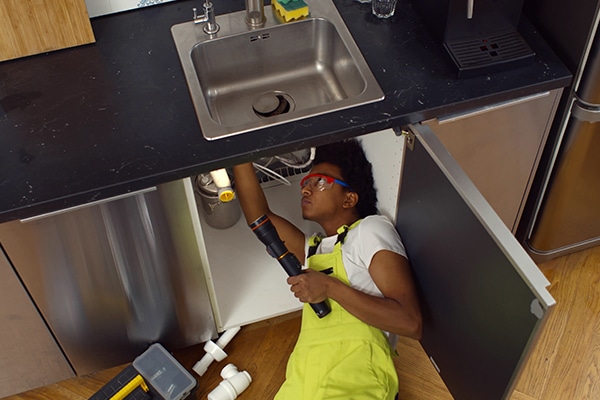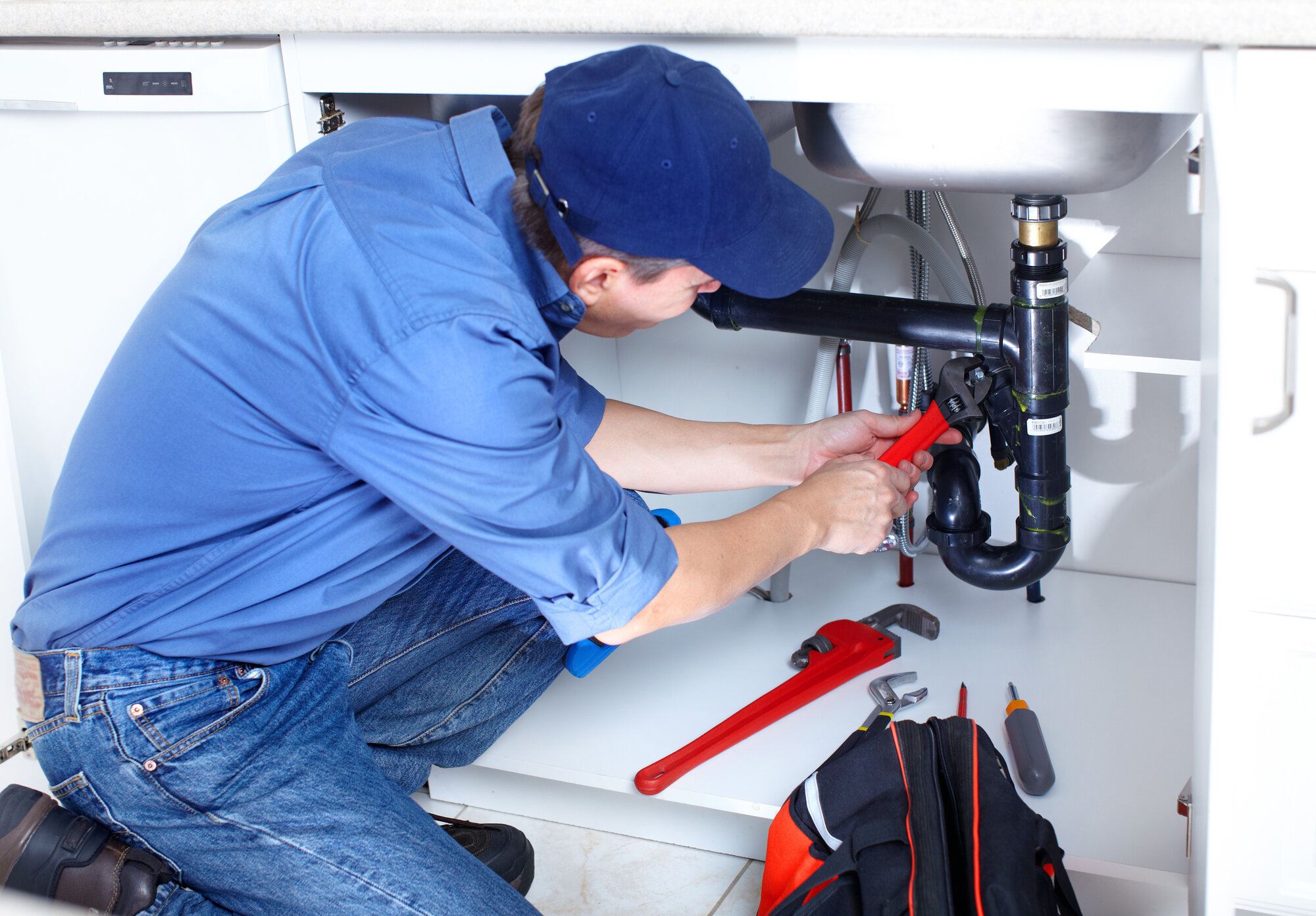A Step-by-Step Overview to Reliable Hot Water Heater Installation for Optimal Efficiency
Starting the task of setting up a water heater is a venture that requires precision and an organized strategy for achieving optimum efficiency. The process starts with the vital choice of choosing the proper heating unit tailored to the particular requirements of your household, considering aspects such as energy, kind, and size source. When chosen, preparing the installation area to fulfill security standards is extremely important. The trip does not end right here. As you proceed, the complexities of connecting water supply lines and setting up dependable electrical or gas links wait for, encouraging understandings right into making sure performance and reliability.
Choosing the Right Water Heater

Next, take into consideration the size and capacity of the water heater. It's essential to analyze your home's warm water needs, which can vary based on the number of occupants and their use patterns. An unit that's too tiny might result in inadequate warm water, while an extra-large design might lead to unnecessary energy intake.
Performance ratings likewise play a critical function in option. Seek water heating systems with high Energy Factor (EF) scores, suggesting remarkable efficiency and reduced power usage. Tankless designs, though commonly much more pricey in advance, deal significant energy financial savings with time as a result of their on-demand home heating capacities.
Preparing the Installation Area
Before setting up a brand-new water heater, precise prep work of the installment area is vital. It's vital to measure the space very carefully to suit the water heating system's measurements, making sure appropriate clearance around the system for reliable procedure and servicing.
Next, eliminate any debris, dirt, or obstructions from the website to create a clean atmosphere. Check the floor for security, as the water heating system will certainly require a strong, level surface to run properly. If essential, set up a drip frying pan underneath the unit to catch possible leakages or spills, avoiding water damage to the surrounding area. In regions susceptible to seismic activity, think about setting up seismic straps to secure the heater securely in area.
Additionally, ensure that all required devices and materials get on hand prior to beginning the setup. This consists of products such as wrenches, screwdrivers, a level, and any type of additional hardware needed for mounting and safeguarding the heating system. A well-prepared installment location establishes the structure for an effective hot water heater configuration, maximizing efficiency and security.
Connecting Water System Lines
When linking water supply lines to your newly mounted hot water heater, it is crucial to ensure that all connections are safe and leak-free to preserve effective procedure and stop water damages. Begin by identifying the cool and hot water system lines. The cool water inlet is typically marked with a blue label or a "C", while the warm water outlet is marked with a red tag or an "H".
Use adaptable water heating unit connectors to assist in a less complicated installation process. Before connecting the connectors, position a plumber's tape around the threaded ends of the water heating unit's inlet and outlet pipes.
Once connections remain in place, gradually transform on the primary water valve. Evaluate each link for leaks by aesthetically examining and feeling for dampness. Tighten up links as essential, and make sure the stress safety valve is appropriately mounted, securing against extreme stress build-up.
Establishing Electric or Gas Links
Properly establishing up the electrical or gas connections for your hot water heater is a critical step to make certain efficient and secure procedure. For electrical hot water heater, begin by verifying that the electrical circuit works with the heater's voltage and amperage needs. Guarantee the power supply is switched off at the circuit breaker to stop crashes. Connect the electric cords to the heating unit following the supplier's electrical wiring representation. Commonly, this involves connecting the ground wire to the environment-friendly terminal, and the staying cords to their matching terminals, protecting each with cord nuts.
For gas hot water heater, safety and security is extremely important. Validate that the gas supply is off before proceeding. Attach the gas line to the hot water heater utilizing a versatile gas port, guaranteeing it is appropriately threaded and sealed with pipeline a knockout post joint substance or Teflon tape ideal for gas connections. Tighten up the links with a wrench, making sure not to over-tighten (Plumber Alabaster AL).
Once links are made, check for any type of prospective leakages. For gas lines, apply a soapy water remedy to the joints; bubbles indicate a leakage. For electric connections, double-check that all electrical wiring is secure and properly insulated, preserving conformity with neighborhood electrical codes.
Readjusting and checking for Performance
With the electric and gas links safely in position, the following step is examining the operational effectiveness of your hot water heater. Begin by very carefully turning on the water system and making certain there are no leaks at any one of the shutoffs or joints. Once confirmed, proceed to fill up the tank, focusing on the pressure and temperature level setups. It is suggested to set the thermostat to a suggested temperature level of around 120 ° F(49 ° C) to stabilize energy effectiveness and convenience.
Following, carry out a thorough examination to ensure the home heating elements or burner are operating correctly. For electrical heating systems, use a multimeter to verify if the elements are attracting the proper current. In gas models, observe the burner fire; it ought to be stable and blue, suggesting efficient combustion.
Adjust the next page settings as necessary to eliminate inefficiencies. Think about carrying out insulation measures, such as including a water heating unit blanket, to further enhance efficiency by reducing heat loss. Furthermore, inspect the anode pole's problem, as a tatty pole can minimize efficiency and cause tank rust.
Verdict
Efficient hot water heater installation is essential for making sure optimum performance and energy savings. By choosing the ideal type and size, and thoroughly preparing the installment location, a foundation for success is developed. Safely attaching water system lines and thoroughly establishing up electrical or gas links lessen prospective problems. Thorough testing for leaks and accurate thermostat changes to 120 ° F boost integrity and effectiveness. Adhering to these actions promotes lasting functionality and energy conservation in household water home heating systems.

Appropriately establishing up the electrical or gas links for your water heating unit is a critical step to make sure secure and effective operation. For electric water heating systems, begin by verifying that the electrical circuit is suitable with the heating system's voltage and amperage requirements. Link the gas line to the water heating system utilizing a versatile gas connector, guaranteeing it is check out here appropriately threaded and secured with pipeline joint compound or Teflon tape ideal for gas links.
Comments on “Comprehensive Plumbing Alabaster AL Solutions for Your Home”